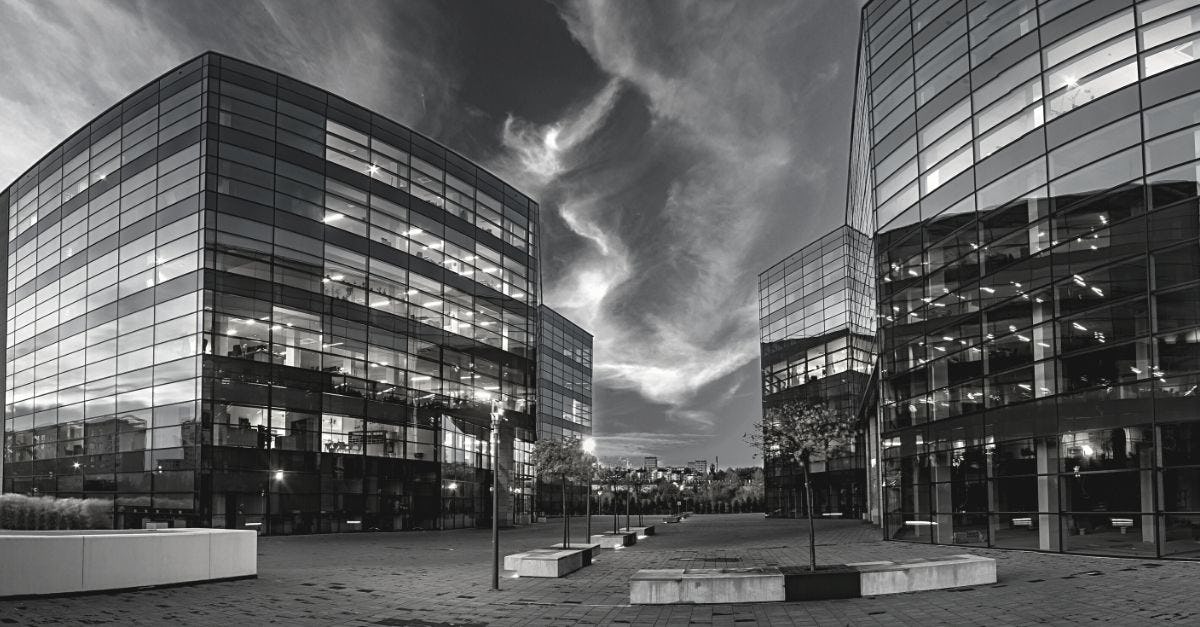Companies are Preparing for a Spring Return to Office

VergeSense is the industry leader in providing enterprises with a true understanding of their occupancy and how their offices are actually being used.
After two years of transitioning to and from remote work, implementing hybrid and flexible work policies, and postponing return to office dates, leading companies around the world are officially announcing their plans to return to the office in the Spring of 2022.
Amidst this ongoing transition, it’s important for business leaders and CRE managers to remember that employees’ professional needs and workplace expectations have evolved drastically over the past few years.
To ensure you are continuously supporting the employees using your corporate spaces, here’s how you can invest in spatial intelligence to transform your office environment into a flexible workplace of the future.
The Demand for Flexible Workplaces is Rising
Every decade or so, the global workforce reassesses what they expect and desire from their workplace. First came the cubicle in the 1960s, a transformative initiative designed to improve workplace productivity. As the workforce evolved alongside new technology and working styles, office architecture became more communal, leading to an increase in popularity for open plan layouts.
While the COVID-19 pandemic certainly accelerated the global embrace of remote and hybrid work, after the past two years, it’s clear that this shift was inevitable, with 86% of CRE leaders saying that flexible workspaces are a key component of their future real estate strategies.
According to Kurt Ullman, director of franchise business development at International Workplace Group, now that the modern workforce has gotten a taste of hybrid work, the flexible workplace market will continue growing through 2030. “Hybrid working is a key driver of the rapidly-growing flexspace franchise market,” says Kurt. “Many companies [are] seeking cost-effective professional workspace solutions located nearer to employees' homes, making flexible workspaces an attractive solution.”
Companies are Rushing to Reinvent Office Spaces for New Employee Needs
As the workforce evolves, growing more flexible and hybrid with each passing day, business leaders and CRE managers have been transforming their office spaces into dynamic workspaces that efficiently support the new needs of their employees.
Establishing a healthy and supportive employee experience has always been front of mind for business leaders. However, as industries around the world continue to combat the Great Resignation and steadily high employee turnover rates, more and more businesses are investing in the employee experience in an effort to retain their employees. With 40% of employees saying that they would consider quitting their job if they were required to return to the office full time, it’s clear that offering flexible work models is no longer an option for organizations intent on retaining their top talent.
How Companies are Planning for a Spring Return to Office
When the COVID-19 pandemic initially touched down in the United States back in March of 2020, Microsoft was the first major employer to shutter their offices and transition fully to remote work. At the time, they were heralded as a health and safety trendsetter dedicated to preserving the wellness of their employees. Now, over two years later and a myriad of return-to-office soft launches, Microsoft has announced their official return to office strategy.
As an industry giant with over 190,000 employees around the world (up 23,000 employees in 2021 alone despite the tight labor market) working out of 177 office locations, it comes as little surprise that despite the success of remote work, Microsoft is adamant about returning to the office. Equally as unsurprising — Microsoft is supporting their return with hybrid workplace strategies.
According to Chris Capossela, Executive Vice President and Chief Marketing Officer at Microsoft, the decision to return in a hybrid capacity was obvious after years of observing how well their team members acclimated to continuously evolving working conditions. “We know there’s not a singular solution to how people work best,” writes Chris. “Which is why we believe flexibility should be at the forefront of our evolving hybrid workplace.”
Capital One, with 52,000 global employees, has been operating on a hybrid model since June 2021, and has plans for a 2022 full return to office, while maintaining hybrid and flexible working models indefinitely.
Workplace Strategy for Flexible Work Models
In true hybrid form, Microsoft is allowing their employees to dictate their own personal degree of workplace flexibility by allowing them to determine how and where they work best on a day to day basis, as long as they establish their plans in agreement with their team members and manager.
Such workplace flexibility instills an increased sense of freedom in employees, and serves as a welcome acknowledgement that despite the fact that the same employees may be returning to the same office space they vacated in March of 2020, their workplace expectations and preferences have evolved.
However, there are ways to establish flexible work models in the office without allowing for complete individual employee flexibility. Remember, hybrid workplace strategies are not one size fits all. In many cases, establishing a successful flexible workplace strategy comes down to how well business leaders and CRE managers are able to leverage spatial intelligence at their facilities.
By tapping into workspace optimization data and employee behavior trends, business leaders can transform their workplace into a workplace of the future suitable for a growing modern workforce. To craft a comprehensive technology-forward strategy that effectively supports your employees, start by understanding how companies can use spatial intelligence to guide workplace strategy.